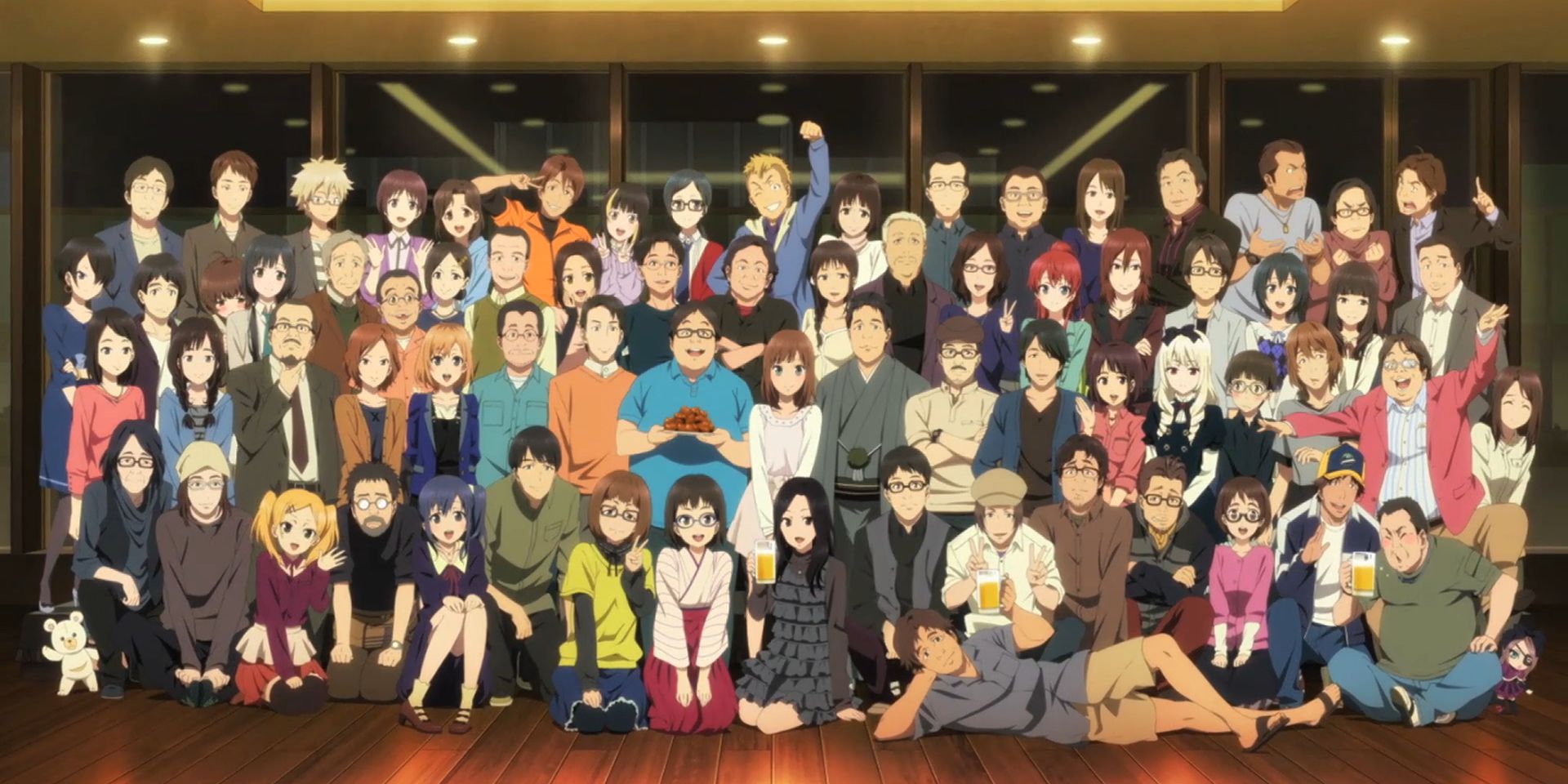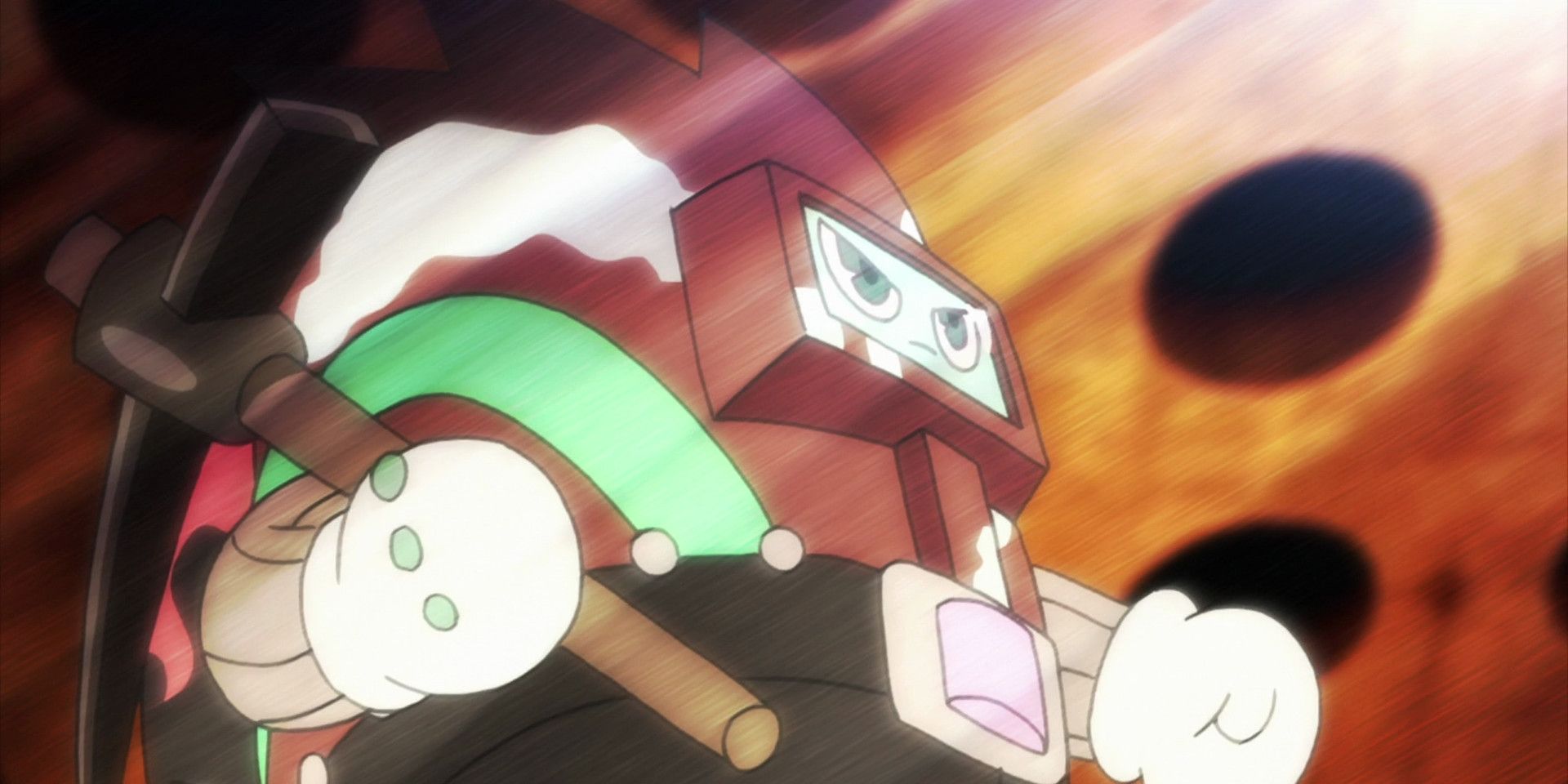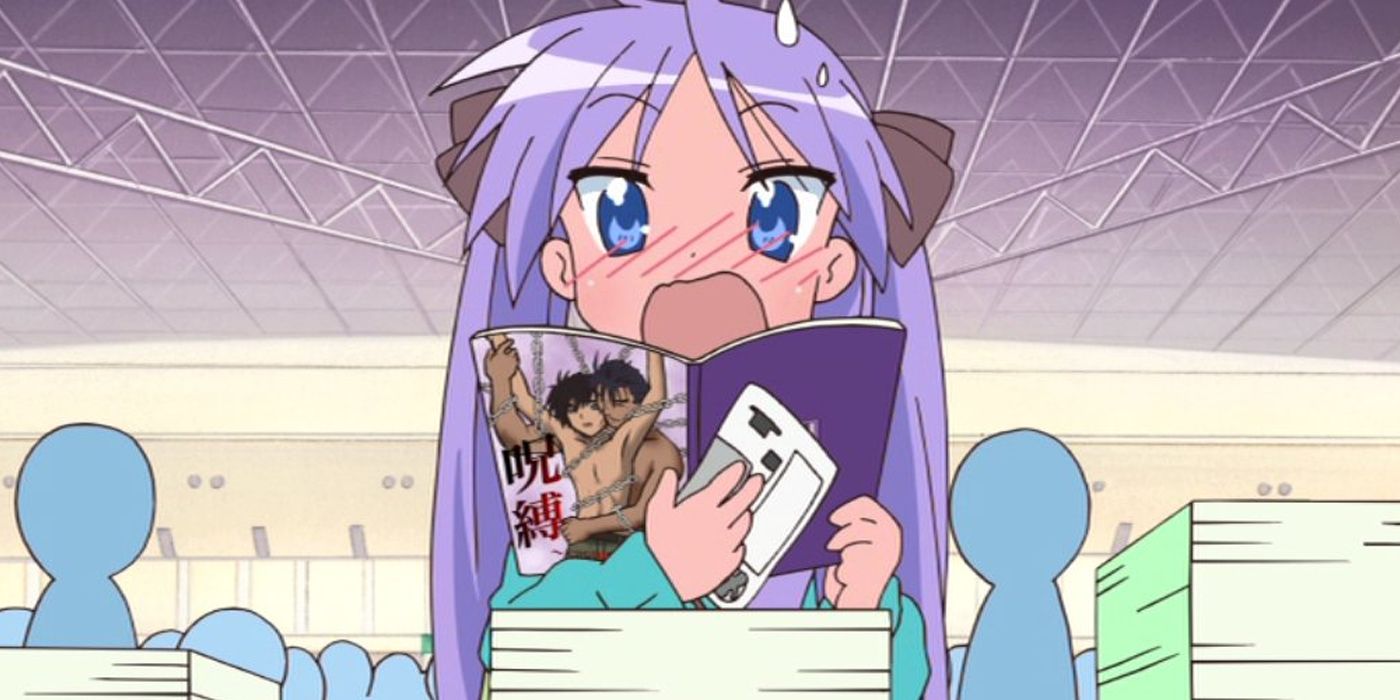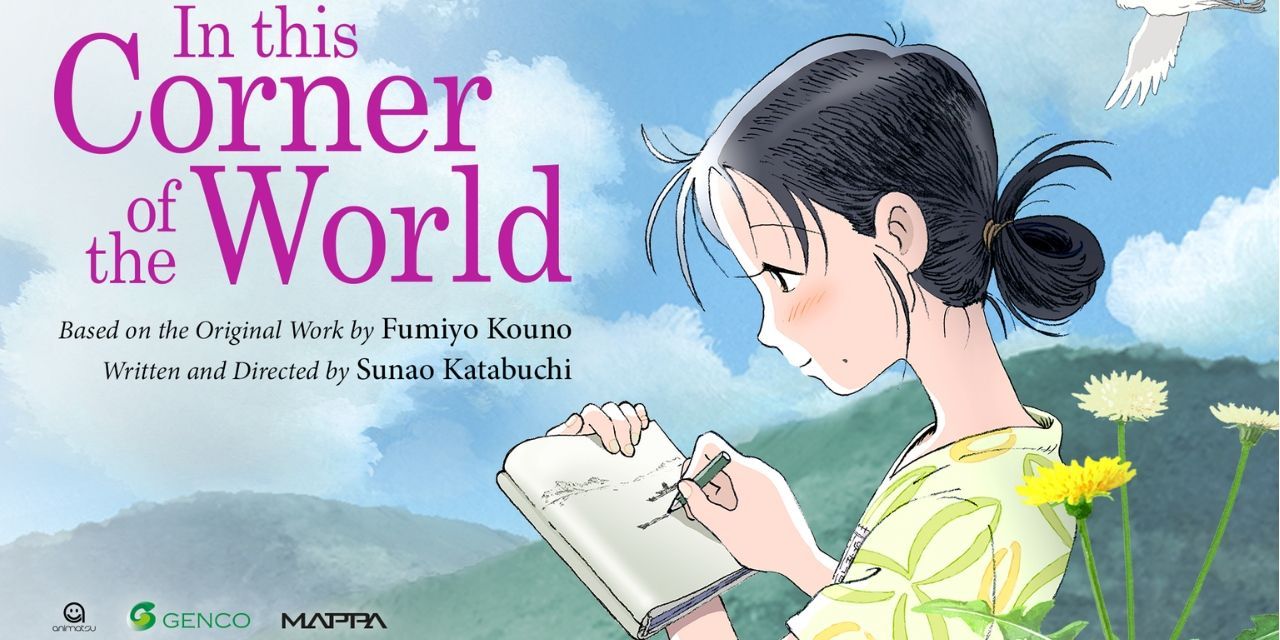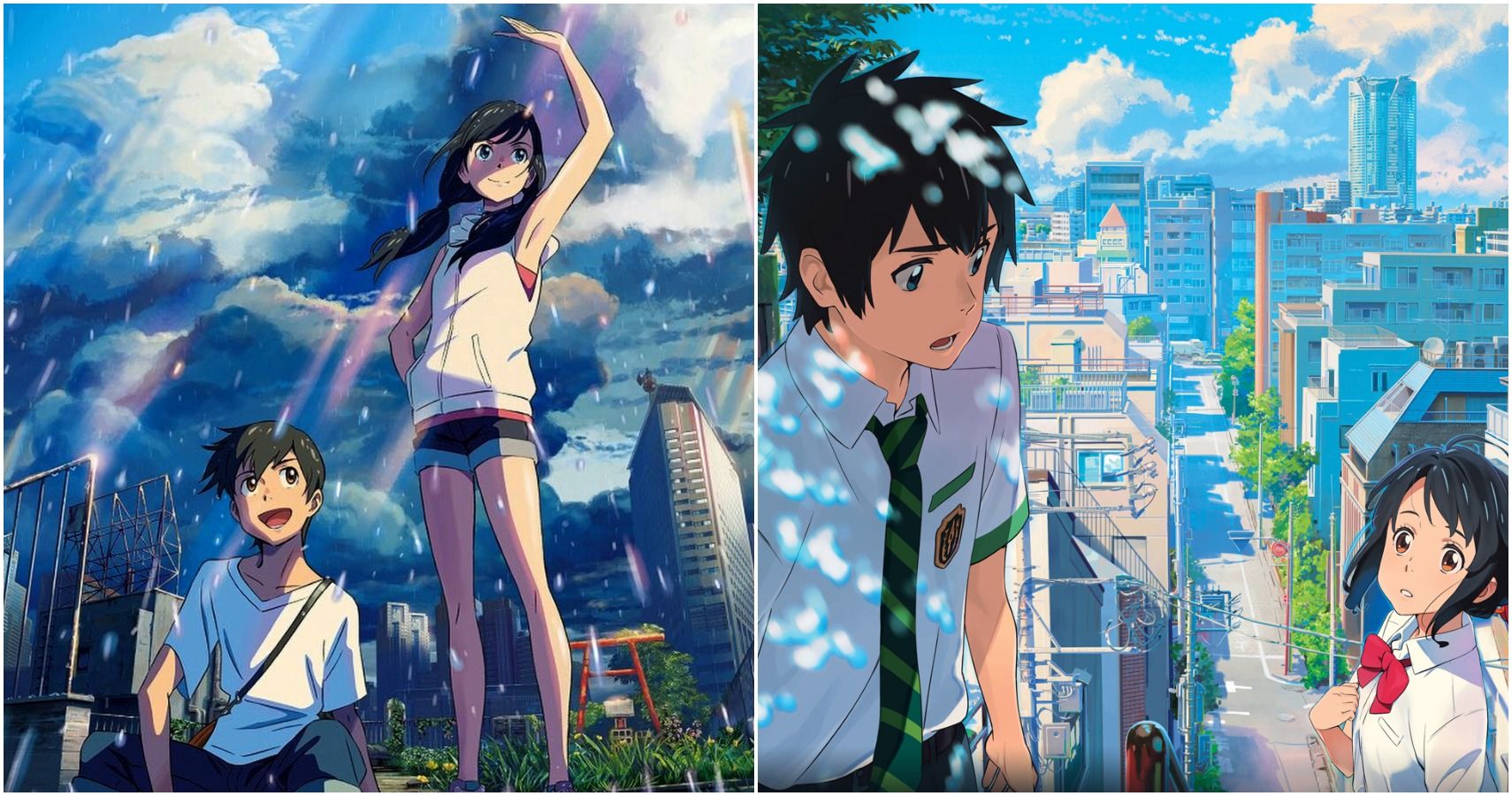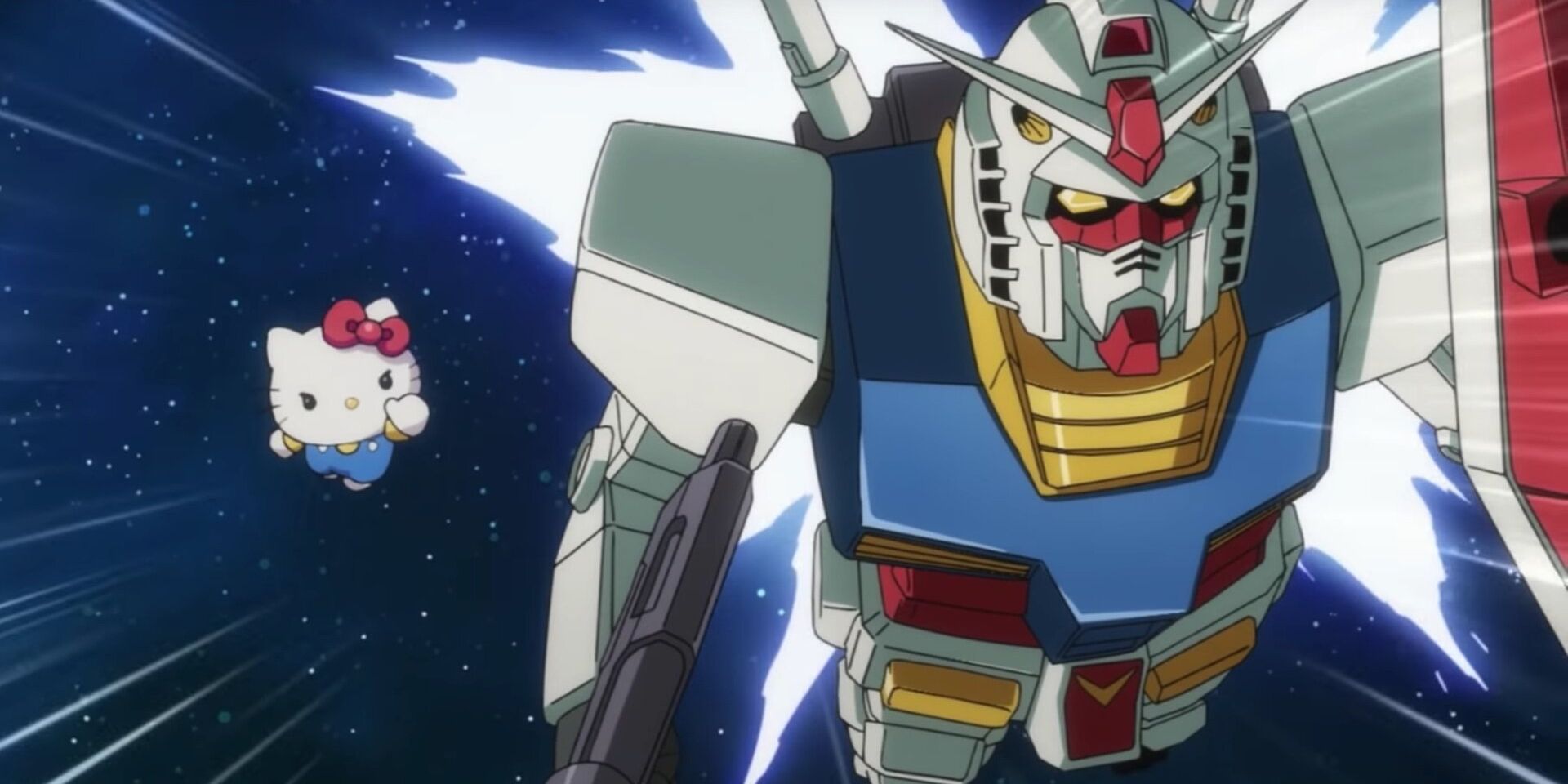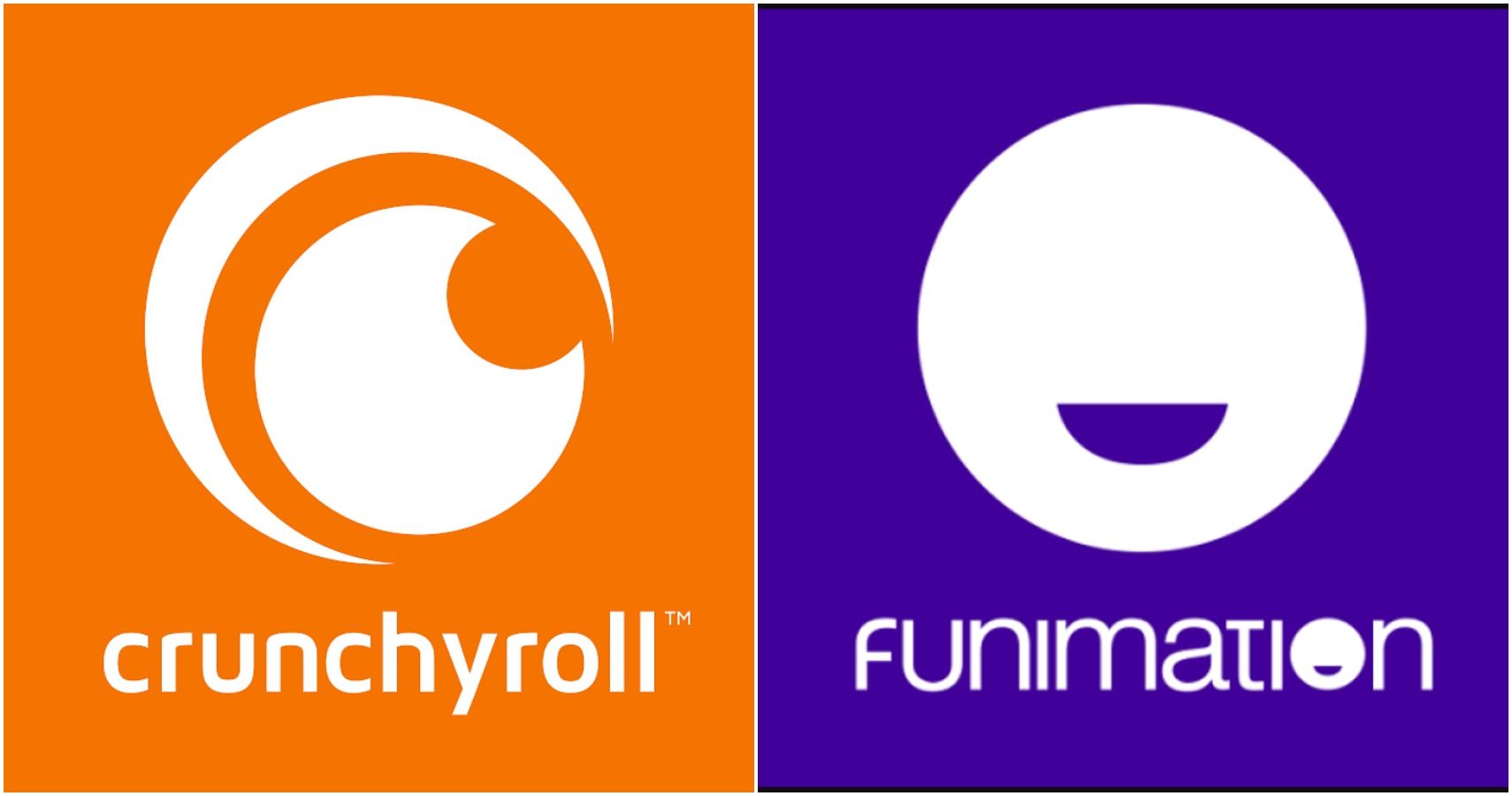The anime piracy debate has heated up once again due to the shutdown of the biggest anime piracy website, KissAnime. KissAnime received millions of visitors, and its shutdown has left anime fans looking for other options. The because.moe search engine for legal anime streaming availability temporarily doubled its usual traffic after KissAnime's closure, suggesting many pirates are open to streaming legally.
Fans who continue to pirate have many excuses for it, but one reason is a misconception that the anime industry does not care about international interests. This is far from the truth: industry revenue from overseas has cracked the one-trillion yen mark, and from the AJA 2019 report, 46 percent of revenue came from outside Japan, making the international market almost on-par with the domestic Japanese market. Now more than ever before, Japanese companies are interacting with foreign investors and communicating more with international fans.
However, investing in the anime industry isn't the same as investing in anime creators. This guide goes through both how to support both the industry and anime creators in many different ways.
Donating to Non-profit Organizations
The best way to support the anime industry is to support the people who are trying to improve it from the inside. It's no secret the industry can be hellish, especially for new animators. The Japanese Animation Creators Association (JAniCA) is a non-profit organization that intends to improve the living conditions for all workers who make anime. Over the years, the organization has achieved much success, conducting surveys on animators and launching initiatives such as the Young Animator Training Project. To receive funds, JAniCA has a membership program for individuals and corporations. Information on how to apply can be found on their website.
AEYAC is another non-profit organization that assists new animators with training and job hunting skills. Their website includes information on seminars they've held and has some blogs, with a couple of recent ones on the impact COVID-19 is having on the industry. Information on how to donate to them can be found on their website; they also have a Twitter feed you can follow.
International fans may be more familiar with the Animator Supporters Dormitory Project. This program funds housing for up-and-coming animators so they can receive training from experts and not have to worry about making ends meet. They also post updates on YouTube so supporters can follow along their journey. This year, the founder of the project, Jun Sugawara, has begun another campaign titled the "New Anime Making System Project." His ultimate goal is to make an animation production studio that can pay fair wages and royalties to animators, with this project producing a short demonstration video of what their artists can make. Both the dormitory fundraising campaign and the anime making system campaign are ongoing.
Donating and Commissioning to Artists
There is a concern in the anime community over just how much money goes directly to the creators as opposed to the production committee. One way to assure animators get money is to simply donate directly to them. Creators like Terumi Nishii (character designer for Jojo's Bizarre Adventure Part 4 and Penguindrum) and Rapparu (key animator on Yama no Susume) have Patreons. Studio Trigger also has its own Patreon, though it should be noted the money is split between streaming equipment and artists who participate in their Twitch drawing streams as opposed to going to either individuals or anime productions.
Another common method for donating is Pixiv Fanbox. Pixiv Fanbox is a subscription service similar to Patreon where creators can set up different monthly plans that fans can subscribe to. Once subscribed, fans can view posts that cover topics like storyboards, layouts and illustrations, with some going in-depth on how they created their work. Some artists that have Pixiv Fanbox include China (key animator on Mob Psycho 100 II), and Tatsuya Miki (key animator on Black Clover). Pixiv Fanbox's "find creators" tab allows users to discover new artists to subscribe to.
Studio Durian's Atelier Service is run by Kiyotaka Oshiyama, the director of Flip Flappers and cyborg designer for Deca-Dence. Atelier is a monthly subscription and gives access to a private Twitter account with info on Oshiyama's latest projects plus insider insight on the animation industry. It's a closed community, so any leaks are expected to be kept private, but it's still cool how it allows fans to interact with Oshiyama.
Lastly, there are anime artists that you can get commissions from. An easy way to do so is via the web service Skeb. When requesting from Japanese artists, Skeb has some helpful features like an auto translator to Japanese that you can toggle on and off, along with other toggles dealing with NSFW requests and if you want your name written on the artwork. The artist posts the recommended payment for commissions and their page displays rules on copyright and personal use as well. Animators like Ryo Imamura (key animation on Kizumonogatari) has a Skeb page that you can request from.
Attending Live Events
According to the AJA 2019 report, one aspect of the anime industry that has grown consistently is live entertainment. Studio Orange producer Yoshihiro Watanabe called it "one of the most successful new sources." Live entertainment can refer to a variety of events, such as concerts, musicals, anime-themed cafes, voice actor appearances, advance theatrical screenings of episodes and even convention appearances.
One popular event that supports the anime industry is Comiket. Comiket is a biannual fan convention in Japan where artists sell doujinshi and other fan-made products. Nowadays, the event features corporate booths as well, where many production studios arrive to sell merchandise and hold autograph signings. Sometimes during or after Comiket, artists post on social media that they will be selling items online via sites like Booth, Melonbooks or Toranoana. Getting a Twitter account and following them is one step towards being up-to-date when your favorite animator drops a popular artbook.
Crowdfunding Anime Projects
Most anime studios aren't able to brunt the cost of producing anime by themselves hence they rely on production committees to split the risk of creating anime. To help fund anime, some creators have been conducting crowdfunding campaigns. Many of these campaigns end up quite successful. Yuruyuri's 10th anniversary OVA received nearly 10 times as much money as its base goal. Similarly, the planetarian Snow Globe OVA also reached over double its minimum goal and the Bean Bandit Kickstarter exceeded its initial goal as well.
Crowdfunding goes beyond just helping fund anime. Following In This Corner of the World's campaign, another was set up so director Katabuchi could visit foreign screenings of the film and see how international people react to it. The crowdfund met its goal in one day, ultimately earning $305,283. Crowdfunding can also help creators who were seriously screwed over by production studios. After Tear Studio's bankruptcy, the studio left the anime staff behind the yuri film Fragtime unpaid. The staff released three artbooks to help raise money for those left behind.
Watching Anime in Theaters
Box office revenue for Japanese theatrical animations has doubled in the past 20 years. In the year 2000, revenue was at ¥19.2 billion, and in 2018 it rose to ¥42.6 billion. With Hayao Miyazaki "retiring" and Studio Ghibli not having produced a full-length anime film since 2014, many worried theatrical animation revenues would sink. Instead, films from popular, long-running series like Dragon Ball, Detective Conan, One Piece and Doraemon have captured filmgoers' hearts along with movies directed by creators such as Mamoru Hosoda and Makoto Shinkai.
Though most of the box office revenue for these movies come from Japan, there is still a significant amount that can be earned overseas. According to Box Office Mojo, Dragon Ball Super: Broly made almost as much money in the States ($30,712,11) as it did in Japan ($34,644,279). Unfortunately, with the COVID-19 pandemic, it's likely those numbers will take a massive dip this year. Hopefully once a vaccine is ready and the theatrical business returns to normal, anime screenings will return more popular than ever.
Buying Merchandise
One of the most common ways anime fans support the industry is through buying merchandise from their favorite series. Anime merchandise can tackle a wide range of items. Youtuber Red Bard has even made the argument individuals can survive entirely off Neon Genesis Evangelion merchandise. According to the AJA 2019 report, the market has started to shift towards digital products, with the anime-related mobile game market estimated at ¥400 billion.
This shift towards digital has deeply affected Blu-ray sales. A misconception among anime fans is that Blu-ray sales are the number one way to indicate the success and popularity of an anime series. This may have been true many years ago, but with the advent of digital and internet distribution, these numbers don't matter as much as they used to. Streaming has overtaken home video. This isn't to discourage fans from buying Blu-rays, but rather to inform that Blu-ray sales don't mean everything anymore. Nowadays, even if a series doesn't sell many Blu-rays, it can make up that loss via streaming licenses and rights. If you are interested in learning about Blu-ray sales, someanithing has been tracking the Oricon chart for years and has a helpful guide on understanding the Japanese market.
When it comes to where to buy merchandise, it's always important to buy from official sources and to avoid bootlegs. One of the best ways to buy would be from Japanese shops, especially a studio's own online shop. It isn't difficult to do this either, many proxy shipping services such as Buyee and Tenso make purchasing Japanese items overseas quite simple. It might take some time to figure out how to navigate a shop in Japanese, but Tenso provides directions on how and Buyee even has a web browser add-on that helps put items directly into one's cart.
Streaming on Legal Sites
Yes, a subscription to Crunchyroll and other streaming services does help the anime industry. In a 2013 interview with Otaku Journalist, former CEO and co-founder of Crunchyroll Kun Gao mentions that your subscription money is split based on what shows you watch. Thus, if 25 percent of the time you watch Naruto, and the other 75 percent of the time you watch Dragon Ball Z, then your money will be split with Naruto's publisher getting 25 percent and Dragon Ball Z's getting 75 percent.
Even if you watch Crunchyroll for free, there will still be ad revenue shared with partners as well. Crunchyroll has also been involved in the production committee of many anime series, with more than 60 co-produced shows under its belt. Netflix and FUNimation are also heavily investing in anime productions, enough so that overseas demand has led to budget increases for many shows.
Streaming services are unfortunately limited in which markets they can stream most series in, but there has been major progress on this over the years, with Funimation announcing during FunimationCon 2020 that it will expand its streaming service to Mexico and Brazil. Many fans may be unaware of some lesser-known streaming services, so Yatta-tachi has compiled a list of streaming services around the world, both free and paid. There is still progress to be made in regards to global availability, but steps are definitely being taken.

